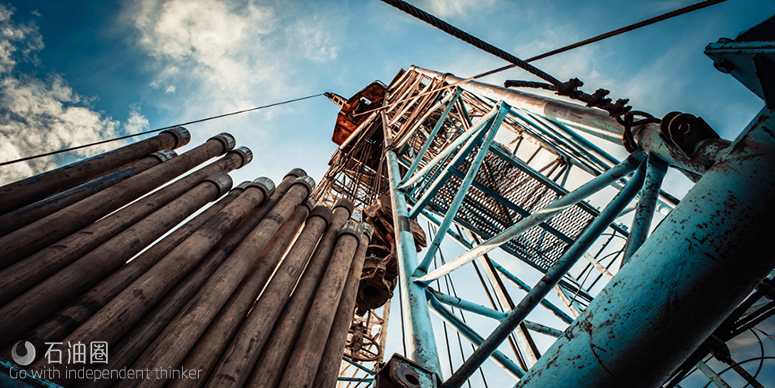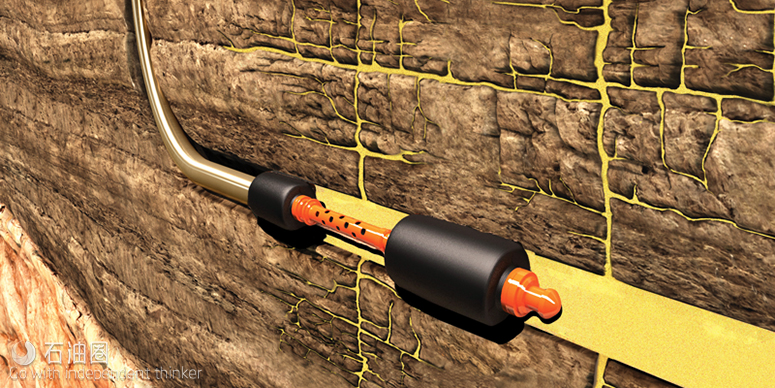How do you push 60 packers into a well? Just a few years ago, that capability was unfathomable. Today, thanks to innovation that is keeping up with the demands of unconventional wells, including tight oil and gas and shales, deepwater and ultra-deepwater developments and increasingly harsh environments, packer technology is evolving with industry trends and expanding the R&D envelope for the challenges that lie ahead.
Deeper wells, longer laterals and rising stage counts in the unconventional sector and the continued push to ensure cement integrity are driving development of packer designs and associated downhole services and products such as valves, ports and sleeves.
“Industry has made great strides in recent years,” said Dan Themig, CEO of Packers Plus Energy Services, an early innovator of open-hole, multistage completion systems, which are increasingly being used in the North American unconventional sector. “There was a time when nobody thought we could push five packers into a well. Today, as rising stage counts have necessitated that more packers be placed in the well, five stages is never enough. Almost all plays are looking at 20-plus stages.”
Packers have played an important role in the oilfield for more than 75 years, starting with mechanical designs that are still used universally to seal the annular space between two strings of casing or between the casing and the wellbore. Along the way, inflatable and swellable packer technologies emerged to address more challenging applications and niche markets, providing quick, customized solutions for a wide variety of downhole applications. With nearly 50 years of experience working with inflatable and swellable packer technology, TAM International has been a leader in advancing packer technology to help operators minimize risks, lower costs and boost production, according to Ray Frisby, VP Technology.
TAM began building inflatable packers in 1968 and continues to advance the capabilities of commonly used inflatable packers, which are increasingly vital to ensuring cement integrity. “Operators continue to drill deeper and in more difficult environments where cementing operations can be very challenging, so we continue to look for technology advances to help ensure long-term well integrity,” MrFrisby said.
Permanently installed, casing annular packers are run as part of the casing string to isolate formations that may flow or take fluid during the cement job and cause well integrity problems later in the life of the well. Inflated with wellbore fluids, inflatable packers can be set in either cased or open holes to ensure a high-quality cement job. Last year, TAM developed and qualified a 22-in. inflatable casing annulus packer and cementing valve for a major operator to address shallow gas flows in a high-profile deepwater field, MrFrisby said.
Inflatable packers also are routinely used to perform testing, isolation or remedial operations, he added. For drilling applications, inflatable service packers are often set in open holes to perform a plug-back for sidetracking operations. Similarly, production applications with inflatable packers can prevent water encroachment into the payzone.
“We have developed multiple options for inflating and deploying packers, including the capability to run packers on slickline,” MrFrisby continued. “While deployment on pipe is most common, we also have designed a reliable method to deploy and set inflatable packers without a work string, coiled tubing (CT) or even electric line.” The system is routinely used with TAM’s line of high-expansion inflatable packers, which can run through production tubing and expand up to three times the original run-in outer diameter of the packer, giving operators an alternative to conventional workover rig operations.”
An inflatable dual-packer straddle system isolates intervals in the wellbore for acid treatments, testing, fracturing, re-establishing connectivity in existing frac stages and analyzing the economics of re-fracturing wells in both open- and cased-hole environments. “We routinely set our inflatable straddle system dozens of times and have set it more than 100 times in a single trip,” MrFrisby noted. “This multi-set functionality allows operators to treat small intervals to improve well performance or identify candidate wells for recompletion or re-fracturing.”


 石油圈
石油圈

